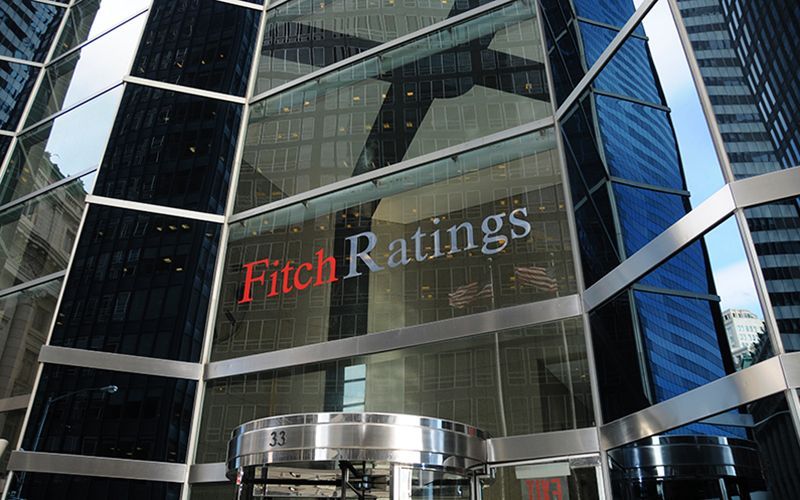According to a report by Fitch, one of the three major international rating agencies, which decide on the debt fates of companies and sovereign countries, stablecoins and their growth could have devastating effects on other markets, particularly for securities.
Fitch’s report on stablecoins
The Fitch report makes explicit reference to Tether’s stablecoin and Facebook’s new project, as well as the recent decision by the state of El Salvador on 7 September to make Bitcoin legal tender in the country.
“The rapid growth in stablecoins means these securities holdings are already relatively large”, reads Fitch’s report.
The rating agency added:
“Although Tether’s annualised market value growth slowed to 45% in 2Q21, it has risen by 230% since the start of 2021 to 15 October to reach USD68.6 billion”.
Tether’s capitalization is now one step away from $70 billion.
Fitch’s report also points to the necessary regulatory framework that needs to be approved to regulate this type of financial instrument. Fitch analysts complain that both Europe and the United States have so far been unclear on this point.

Stablecoins: risk or opportunity for traditional finance?
Fitch’s warning is by no means the first warning about the unbridled growth of these digital currencies which, being pegged to a fiat currency, are far less volatile and risky than traditional cryptocurrencies.
Last July, China warned of the risks of stablecoins for the traditional financial system, and the Chinese central bank referred to Tether in particular.
Stablecoins have long been the subject of a debate between supporters and detractors.
There are those who think that they are indeed the only solution for the safe mass adoption of crypto as a payment system or as a reference currency, and those who see stablecoins as a means of disrupting fiat currencies and that they should therefore be placed under strict control by the central authorities.
Digital state currency projects are also stablecoin-based projects that are clearly centralized and controlled by central banks. With regard to stablecoins, the Bank for International Settlements already said in October 2019 that they
“might be more capable of serving as a means of payment and store of value, and they could potentially contribute to development of global payment arrangements that are faster, cheaper and more inclusive”.
The market for these currencies has now exceeded $115 billion and this increase has largely been realised over the past three years. Inevitably, such a dramatic and sudden growth can worry the world’s financial authorities.
Fabio Panetta of the ECB board has warned of the great risks associated with these forms of digital currencies with reference to the lack of adequate safeguards such as deposit insurance systems and prudential regulation.
This could lead to inevitable systemic risks for the entire traditional government bond market.
 en.cryptonomist.ch
en.cryptonomist.ch